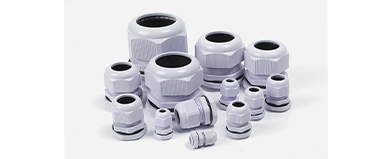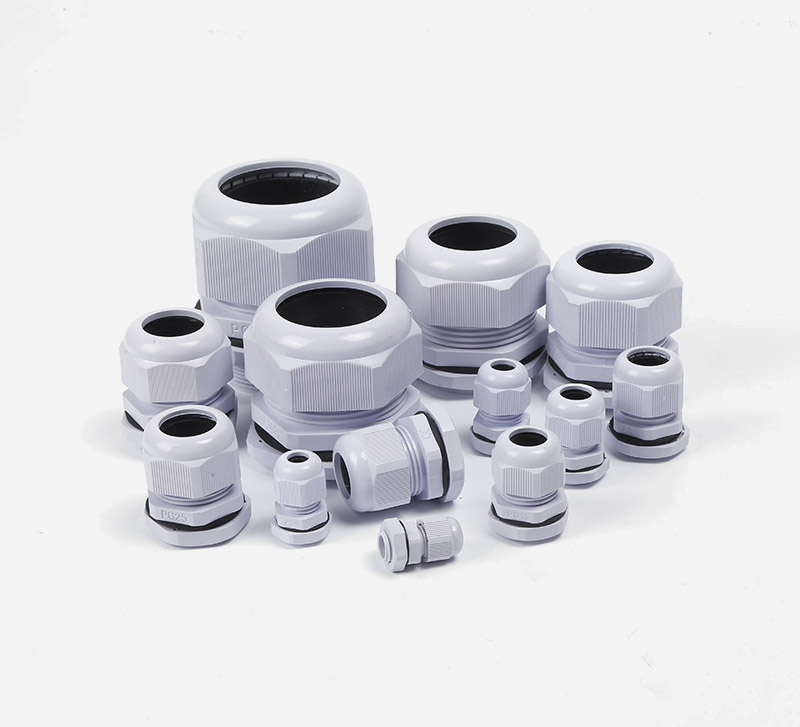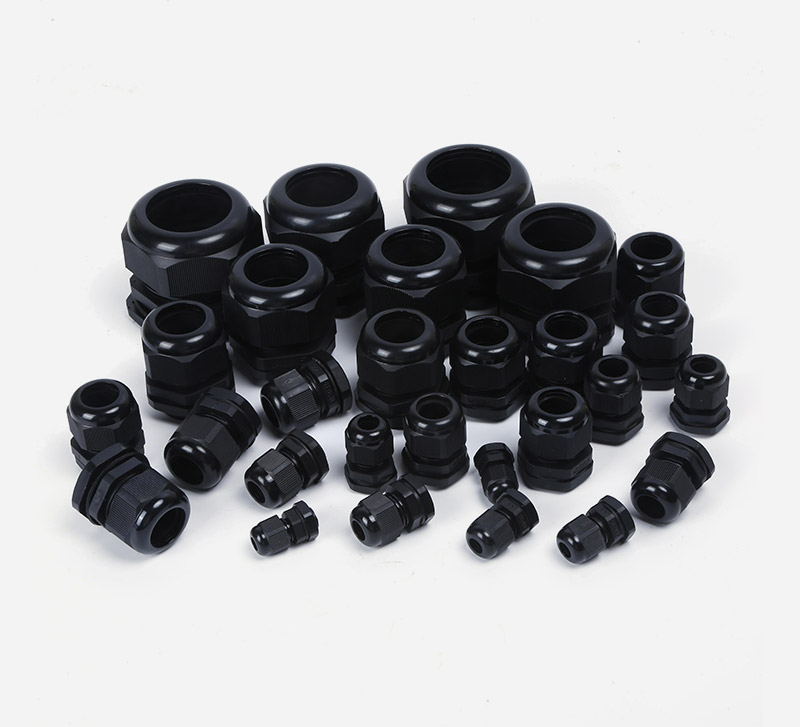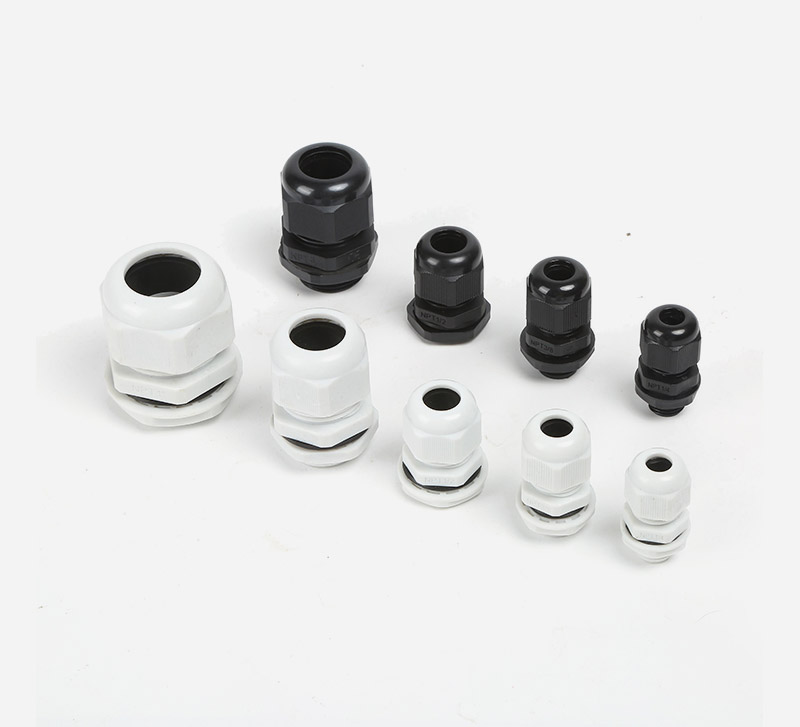When Do You Need Anti-bending Cable Glands?
Cables often break or lose protection from repeated bending, especially in moving or tight setups. But when exactly do you need Anti-bending Cable Glands? This guide simplifies real-world scenarios to help you decide—no complex terms.
High-Frequency Motion in Industrial Automation
Industrial machines with constant movement put heavy bending stress on cables; regular glands can’t prevent wear.
1. Robotic Arms & Automated Conveyors
Robotic arms move frequently (swinging, rotating) hourly. Their power/sensor cables bend back-and-forth at connections—without anti-bending support, insulation cracks quickly. Anti-bending Cable Glands add a sturdy, flexible layer to spread stress and stop damage.
2. Reciprocating Machines (e.g., Printing Presses)
Printing/packaging machines have cables moving linearly back-and-forth. The gland-cable area becomes brittle over time. Anti-bending variants use reinforced materials (nylon, rubber composites) to absorb fold force and keep cables intact.
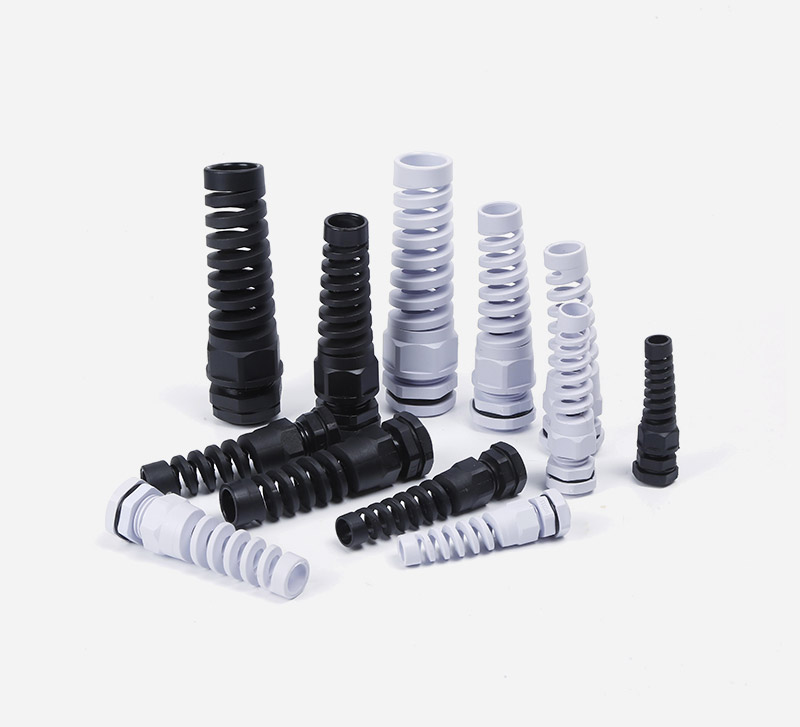
Outdoor & Harsh Environments
Outdoor cables face bending plus weather, temperature changes, or corrosion—bending worsens these risks.
1. Outdoor Lighting & Security Cameras
Cables on poles/walls sway/bend from wind or knocks. Regular glands seal water but don’t stop kinking. Anti-bending Cable Glands maintain IP68 protection while preventing kinks, avoiding water seepage through cracked cables.
2. Marine & Coastal Equipment
Ocean-side cables face saltwater corrosion and wave vibration (causes subtle, nonstop bending). Anti-bending Cable Glands combine corrosion-resistant materials (stainless steel, special nylon) with vibration-dampening design to keep cables functional.
Compact & Precision Devices
Small devices have limited space, forcing cables to bend at tight angles (more damaging than gradual bends).
1. Medical Equipment (e.g., Diagnostic Machines)
Ultrasound scanners/blood analyzers have compact interiors—component cables often bend at 90 degrees. Regular glands fail here, causing signal loss. Anti-bending Cable Glands are slim and flexible, fitting tight spaces while protecting against sharp bends.
2. Consumer Electronics (e.g., Large Screens, Gaming Consoles)
Internal cables (power to circuit boards) are short and bend sharply. Over time, this causes power cuts or errors. Anti-bending Cable Glands for electronics are lightweight, preventing damage without extra bulk.
How to Confirm You Need Them
Ask 3 simple questions:
1.Does the cable bend over 5 times daily (machine movement or external factors)?
2.Is the cable installed in a tight space (bending angle < 120 degrees)?
3.Does the environment (outdoor, coastal, industrial) add stress (corrosion, vibration)?
A "yes" to any means Anti-bending Cable Glands are practical.
Conclusion
Anti-bending Cable Glands aren’t one-size-fits-all—they solve bending-related damage in specific scenarios: industrial motion, harsh outdoors, compact devices. They keep cables protected and reliable.
If your setup matches these scenarios, visit the company’s product page to view Anti-bending Cable Glands specifications and find the right fit.




